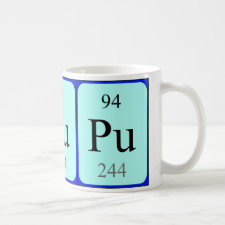
Authors: Esfandyari-Manesh M, Javanbakht M, Atyabi F, Mohammadi A, Mohammadi S, Akbari-Adergani B, Dinarvand R
Article Title: Dipyridamole recognition and controlled release by uniformly sized molecularly imprinted nanospheres.
Publication date: 2011
Journal: Materials Science and Engineering: C
Volume: 31
Issue: (8)
Page numbers: 1692-1699.
DOI: 10.1016/j.msec.2011.07.019
Alternative URL: http://www.sciencedirect.com/science/article/pii/S0928493111002013
Abstract: We used novel synthetic conditions of precipitation polymerization to obtain uniformly sized molecularly imprinted nanospheres of dipyridamole for application in the design of new drug delivery systems. In addition, the morphology, drug release, and binding properties of molecularly imprinted polymers (MIPs) were studied, and the effects of morphology on other properties were investigated. The MIPs prepared by acetonitrile/chloroform (19:1, v/v) were uniformly sized nanospheres with an average mean diameter of approximately 88 nm at a wetted state, 50 nm at a dry state, and a polydispersity index of 0.062. The imprinted nanospheres showed excellent binding properties and had 62.7% of template binding compared with 17.1% of its blank polymer. The imprinted nanospheres with 67.5 (mg template/of polymer) of binding capacity had better imprinting efficiency than the 50.5% of binding capacity shown by irregularly shaped MIP particles that were prepared by chloroform. The molecular binding abilities of imprinted nanospheres in human serum were evaluated by HPLC analysis (binding about 77% of dipyridamole). Results from release experiments of MIPs showed a very slow, controlled, and satisfactory release of dipyridamole. The loaded drug was released up to 99% in 17 days for nanospheres and 22 days for irregularly shaped particles
Template and target information: dipyridamole
Author keywords: molecular imprinting, dipyridamole, Nanosphere, Molecular binding, controlled release



Join the Society for Molecular Imprinting

New items RSS feed
Sign-up for e-mail updates:
Choose between receiving an occasional newsletter or more frequent e-mail alerts.
Click here to go to the sign-up page.
Is your name elemental or peptidic? Enter your name and find out by clicking either of the buttons below!
Other products you may like:
 MIPdatabase
MIPdatabase









